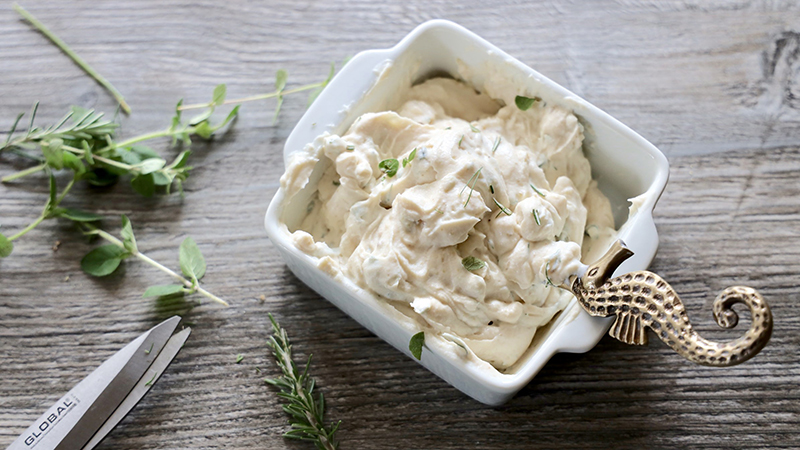
The soft food diet is one that includes foods that are easy to chew and swallow and excludes foods with a hard texture. With careful planning, it is still possible to eat a tasty, balanced diet from a variety of soft foods.
The mechanical soft food diet is another name for the diet, and refers to using equipment, such as blenders or food processors, to make food into a smooth puree.
Foods to eat
The soft food diet does not have to be restrictive. It is crucial to continue to eat a wide variety of nutritious foods, especially if recovering from surgery.
People following a soft food diet should try to eat regular meals including a variety of foods from the main food groups:
Carbohydrates to provide energy and fiber
- porridge oats
- whole grain biscuits with lots of milk
- mashed potatoes
- white or brown bread
- boiled pasta or rice with sauce
Protein-rich foods for growth and repair
- minced meats cooked in stews or casseroles
- fish without bones that are poached, steamed, or boiled
- tinned fish, such as tuna or salmon without bones
- eggs that are scrambled, poached, boiled, and fried
- beans, lentils, and pulses, including baked beans
- hummus
- tofu
Dairy and alternatives that contain calcium
- milk and milkshakes
- yogurt
- crème fraiche
- cheese sauce
- cottage cheese
Fruit and vegetables for vitamins, minerals, and fiber
- peeled, cooked, and mashed vegetables, such as carrots, butternut squash, and parsnips
- ripe, soft fruits, such as bananas, pears, and berries
- stewed fruit or compote
- fruit juice and smoothies
- avocado
- tinned fruit in juice, mashed if necessary
People should be sure to remove the skins from all vegetable and fruit before eating.
Sauces
Followers of the soft food diet can use sauces to help soften foods. Options include:
- gravy
- cheese sauce
- parsley sauce
- white sauce
- stock
Desserts
- custard
- milk puddings, such as rice pudding
- mousse
- ice cream or sorbet
Foods to avoid
As a rule, it is best to avoid chewy, crunchy, and dry foods when following a soft food diet.
People should take care with the following:
Carbohydrates
- muesli or granola with nuts and dried fruit
- jacket potato skin
- crusts on bread
- granary or sourdough bread
- toast or crackers
Protein
- chewy, fatty meat
- tough or overcooked meat
- cured meat, such as salami or chorizo
- fish with bones
- nuts, seeds, and peanut butter
Fruit and vegetables
- raw vegetables
- fruit skin, seeds, and pips
- dried fruit
- stringy or fibrous vegetables, such as celery or pineapple
- foods that contain dried fruits and nuts, such as fruit cake
- corn on the cob
Other foods to avoid
- flapjacks
- popcorn
- chewy sweets, such as toffee
- crisps
Food preparation tips
Foods can be mashed, pureed, or covered in sauce to make them moist and easier to eat.
Here are some other preparation ideas for the soft food diet:
- cut food into small pieces
- cook all foods until they are soft
- mash with a potato masher or fork
- use a food processor or blender to puree foods
- use a sieve to remove lumps from soups or stews
- add stock when cooking food to moisten and make it easier to swallow
- add milk, cream, or cheese to sauces for the same reason
- serve foods with a sauce
- cook omelets or scrambled eggs with milk or butter
- ensure meat is thoroughly cooked
Some recipes and meals work well as part of a soft food diet, such as:
- guacamole or mashed avocado
- dahl curry
- soups
- stews and casseroles
- tuna and mayonnaise
- cauliflower and cheese
Nutritional tips and additional considerations
A soft or mechanical diet might take a bit of getting used to, but it can be a healthful diet to follow. There are a few other things and tips to consider for people on a soft food diet, however:
Loss of appetite
For those with less of an appetite, consider smaller meals and regular snacks. Try not to rush meals.
Eating nutritious snacks between meals is fine. Nutritional supplement drinks can be useful if it is proving difficult to chew even with a soft food diet.
If problems persist, people should contact a doctor, specialist nurse, or dietitian for further advice.
Fortified drinks
If someone is struggling to maintain a healthy weight or experiencing difficulty eating a soft food diet, it might be useful to consider nutrient-rich drinks alongside meals.
Cream or full-fat milk can be used to make drinks and milkshakes for extra calories and fat.
Food variety
People should be sure to include a variety of foods in their diet. Doing so will prevent them getting bored of the same foods and meals while ensuring that they are consuming a wide range of nutrients.
Website: www.medicalnewstoday.com
